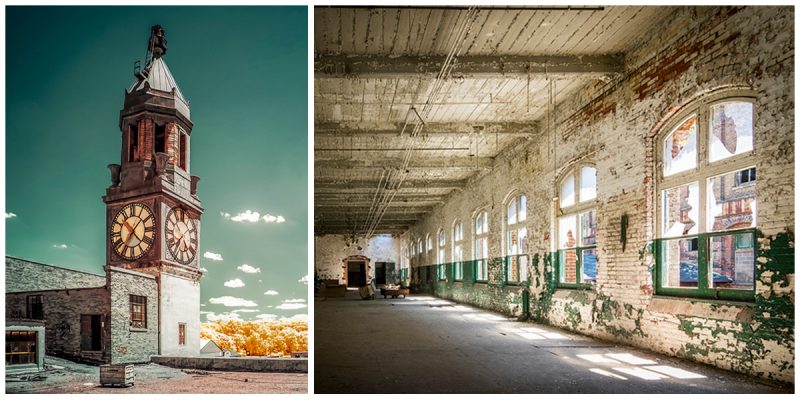The Scranton Lace Company (also known as Scranton Lace Corporation), an American lace manufacturer in Scranton, Pennsylvania, was established by the Scranton Board of Trade as the Scranton Lace Curtain Manufacturing Company in 1890.
Seven years later, on June 15, 1897, it was incorporated and remained in business until 2002 when the factory was shut down mid-shift and abandoned shortly afterward.
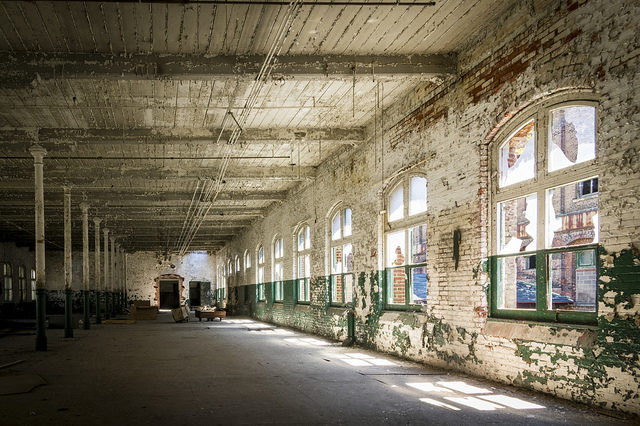
From 1916 to 2002 the company remained the first and largest known producer of Nottingham Lace in the United States. The company used looms that were made in Nottingham, England, stood two and a half stories tall, were over 50 feet long, weighed over 20 tons and it quickly became the world’s leading producer of Nottingham lace, but also produced curtains, napkins, valances, tablecloths, and other lace items.

During World War II, the company teamed up with subsidiaries such as Victory Parachutes, Inc. and Sweeney Bros and expanded its production line to include mosquito and camouflage netting, bomb parachutes, and tarpaulins. After the war, the company returned to producing cotton yarn, vinyl shower curtains, and textile laminates for umbrellas, patio furniture, and pool liners.
The facility featured a theater, bowling alley, a kitchen and dining hall, a gymnasium with locker rooms, infirmary, clock tower (with a Meneely cast iron bell) and other amenities.
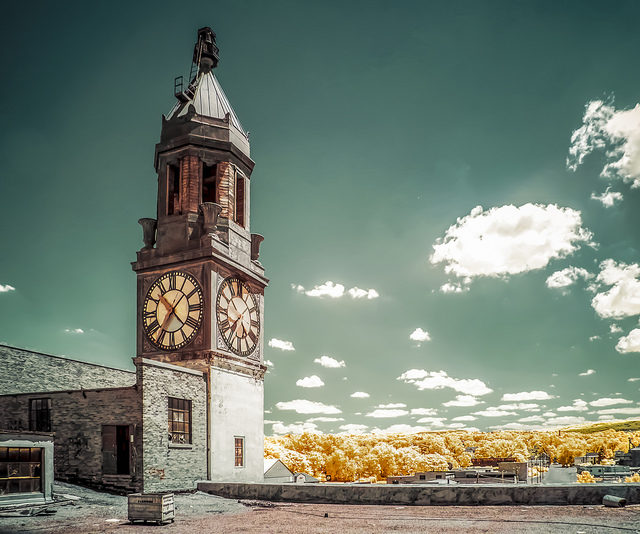
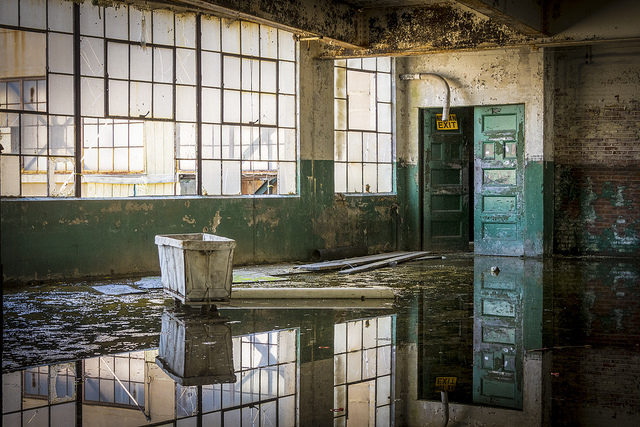
Despite the factory being one of the area’s biggest employers and being prosperous well into the 1950s, risky investments involving Hal Roach Studios and the fledgling television industry placed the company in financial peril. It shut down in 2002 with an announcement from the company’s vice president, in the middle of the daily work shift, that the company was closing “effective immediately.”
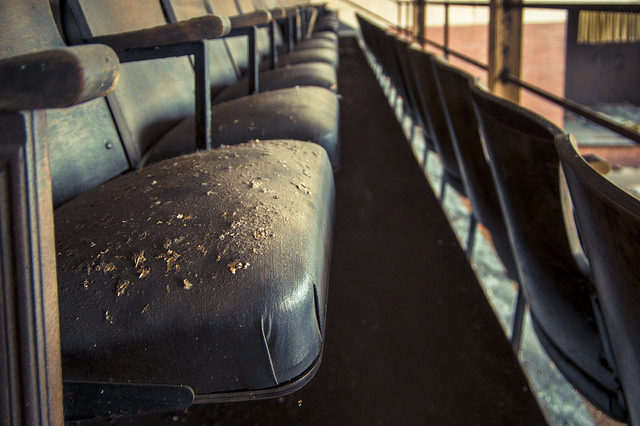
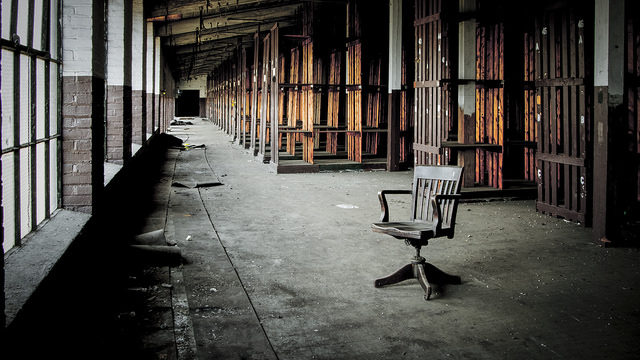
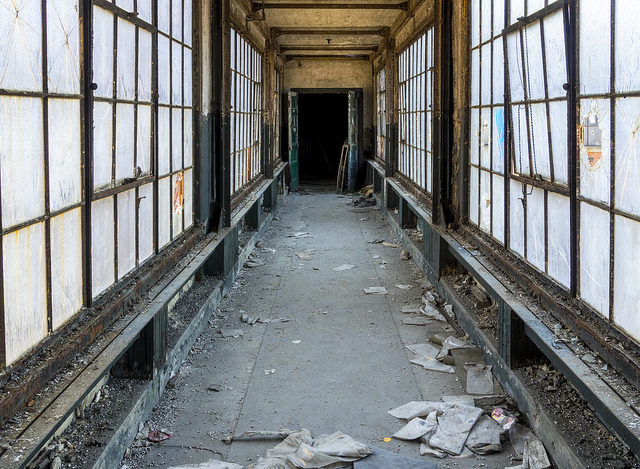
On January 31, 2011, the Scranton City Council gave final approval to Lace Building Affiliates to redevelop the Scranton Lace Complex industrial factory located at 1315 Mylert Avenue. Development was stalled because the site had been located within a flood zone before a levee was completed along the Lackawanna River in 2011 and the mapping was not updated until early 2016.
